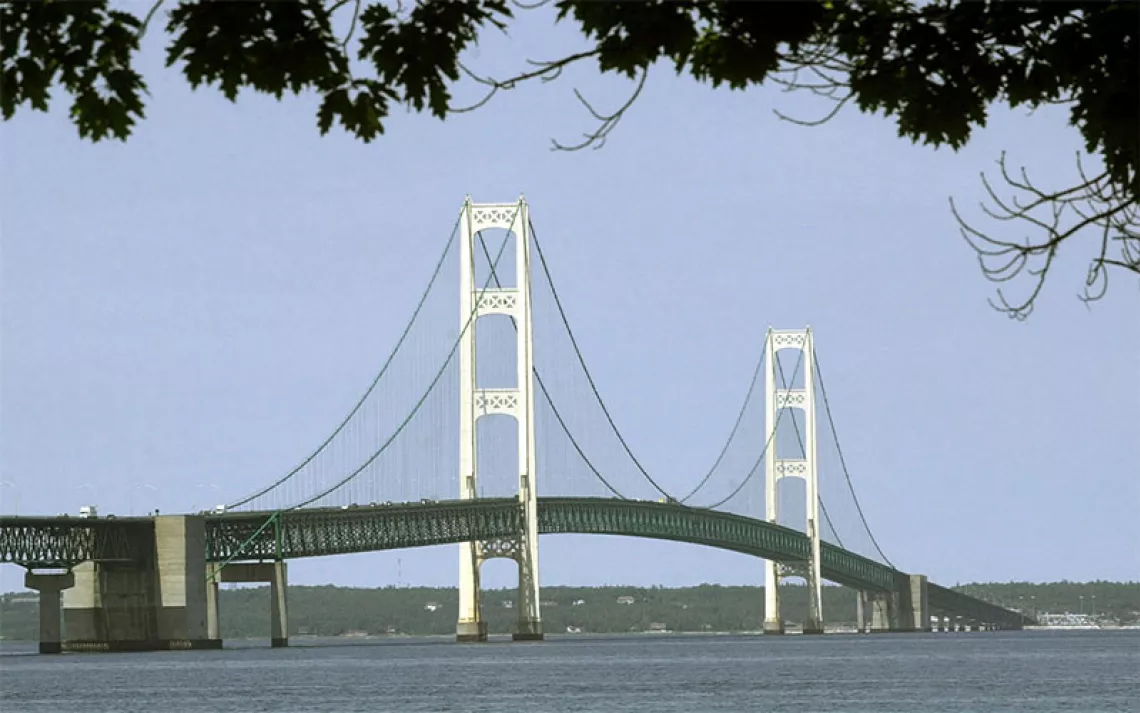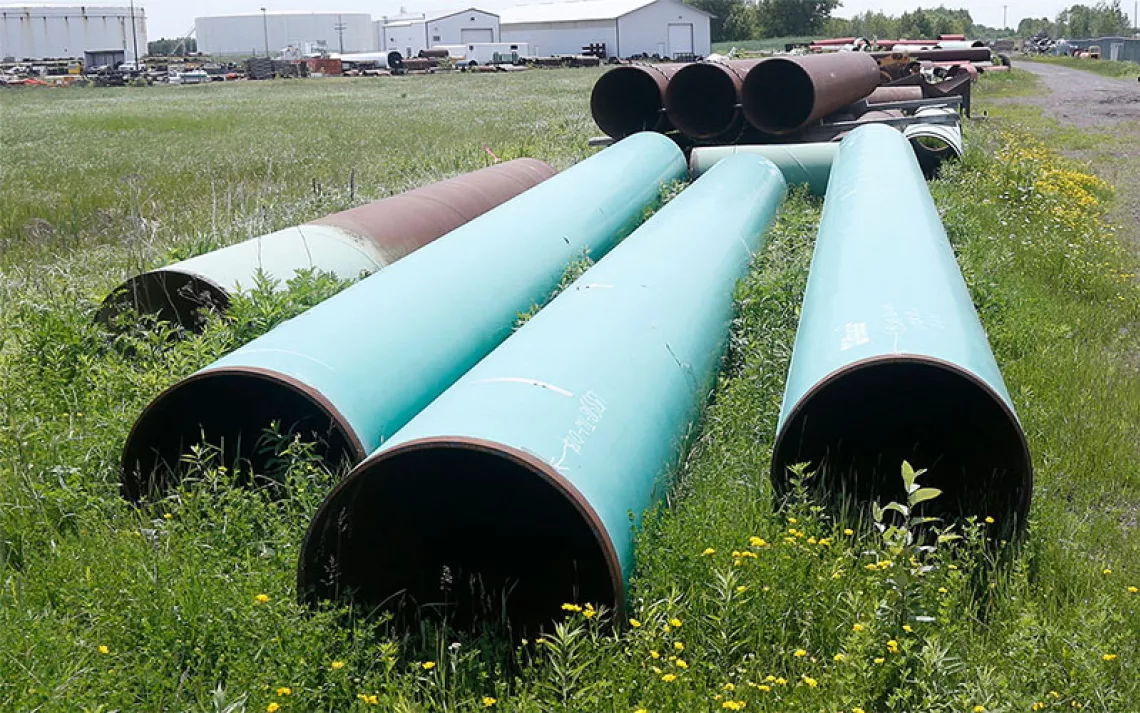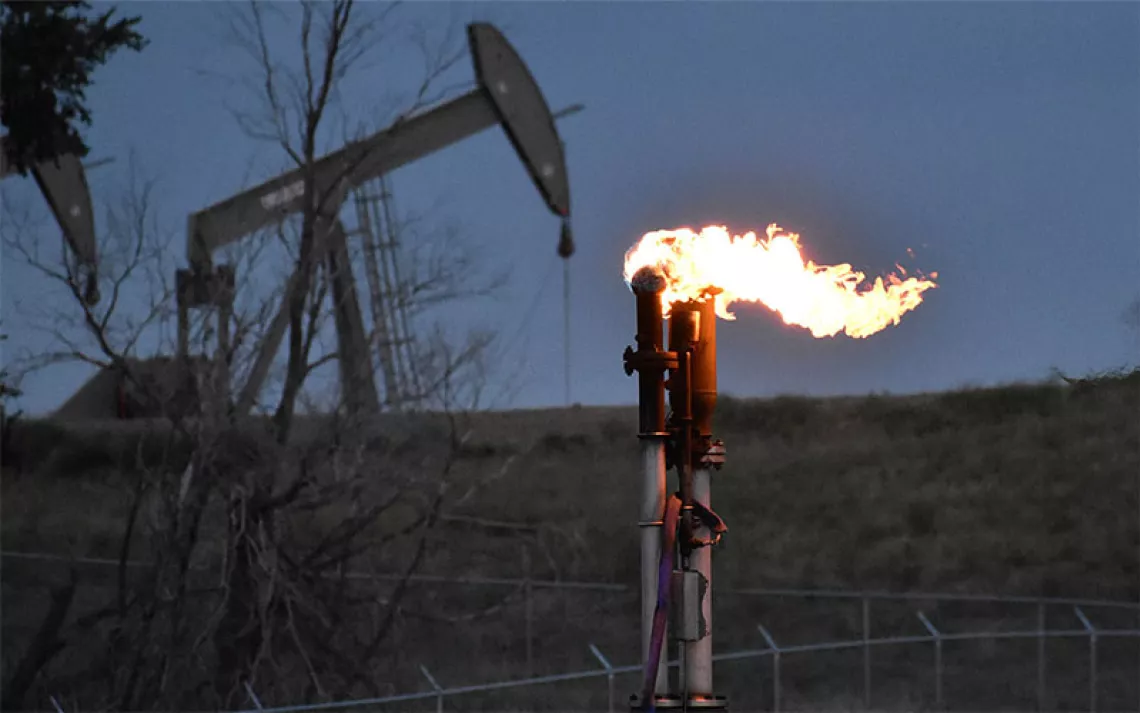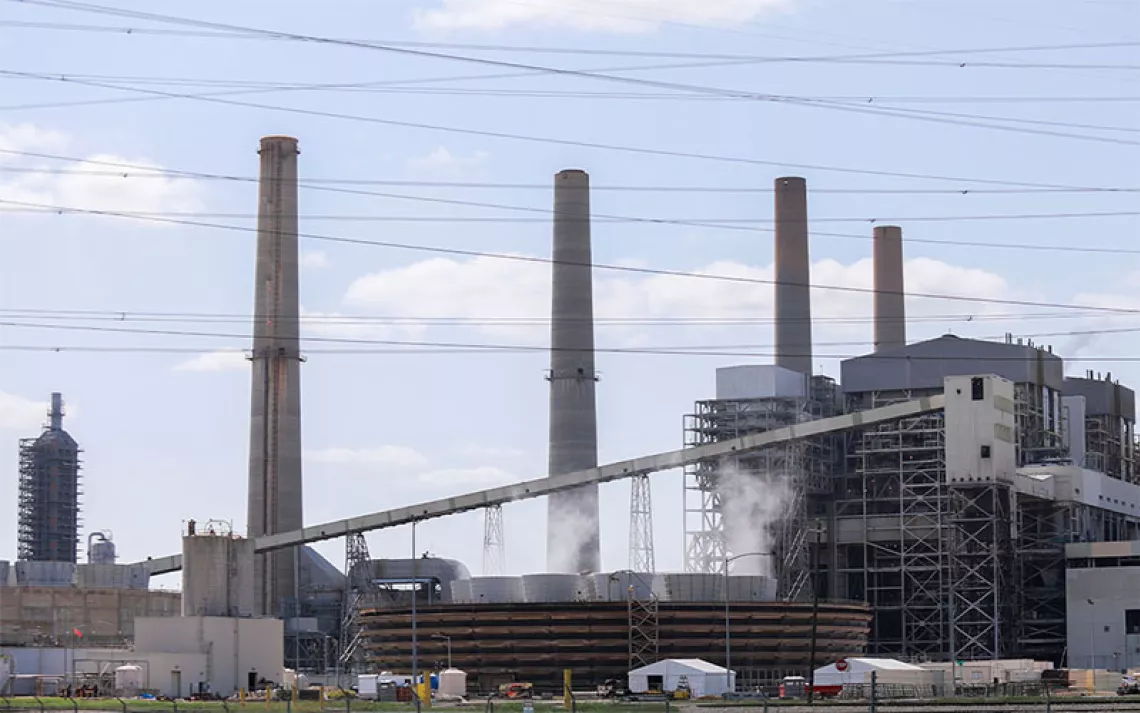Slick Arguments
Oil-giant BP wants us to think the Gulf of Mexico is doing just fine. Too bad we’re so willing to go along.

Crude oil leaked from the Deepwater Horizon wellhead in the Gulf of Mexico on April 28, 2010
|
iStock/Chris Graythen
“No, BP didn't ruin the Gulf,” whinged Geoff Morrell, BP’s senior vice president of U.S. communications and external affairs, in Politico Magazine on October 21. “Immediately following the accident in 2010, many predicted it would have severe and long-lasting consequences—for the Gulf of Mexico and far beyond. CNN reported that ‘there will be tar balls all the way up the East Coast, all the way to Europe.’ CBS News predicted ‘a permanent end’ to the Gulf’s seafood industry. Advocacy groups predicted the spill could have ‘generational’ impacts on Gulf shrimp and that Gulf Coast tourism could suffer ‘up to $23 billion of losses’ and take years to recover. None of those things happened….[T]he evidence to date shows the Gulf environment is rebounding and that most of the environmental impact was of short duration and in a limited geographic area.”
So, all’s good on the Gulf then? Well, no. On October 26, Kara Lankford, interim director of the Gulf Restoration Program at Ocean Conservancy, countered in the same publication with an article titled “Yes, BP Did Damage the Gulf.” Lankford takes on the BP top flack’s talking points:
On BP’s insistence that the Gulf of Mexico is brilliantly resilient (“Natural oil seeps release up to the equivalent of nearly six Exxon Valdez spills in the Gulf each year, and microbes in the Gulf have adapted over time to feast on oil”), Lankford notes that “the hard truth, as deep-sea researcher Dr. Samantha Joye points out, is that the Gulf seafloor releases about 0.04 million gallons of oil and gas a day through tiny cracks all over the Gulf of Mexico. BP, on the other hand, released 2.5 million gallons of oil every day for 87 days, in a concentrated area of the Gulf. Dr. Joye’s research shows that microbes were not equipped to digest a significant portion of the gas released into the Gulf.”
To the oil company’s argument that “the spill occurred in deep water—5,000 feet below the surface—and more than 40 miles from shore in a temperate climate. That allowed a lot of oil to dissolve, evaporate, deteriorate or be physically removed before it reached land,” Lankford points out that “BP oil, swept up by underwater currents, was found across the Gulf of Mexico, just off the coast of Tampa, Florida” and notes that it could take decades for deep-sea animals and habitats to recover. (The federal Natural Resource Damage Assessment for the Deepwater Horizon spill is ongoing. A study released on Monday found that the 2010 BP oil spill left a “bathtub ring” of water containing high levels of oil over 1,200 square miles about a half mile below the surface.
And while BP is quick to point out what it calls its “unprecedented response—involving more than 100,000 people and more than 70 million hours over the past four years,” Lankford is not so impressed: “Let’s not forget, however, that the time and money spent cleaning up the oil was not an indication of BP’s generosity, but rather a testament of the unprecedented damage that BP’s oil inflicted on the Gulf.”
To remind yourself that the events of 2010 are still with us, make a point to go see the documentary The Great Invisible by filmmaker Margaret Brown, which opened to limited release in theaters this week. The native of Mobile, Alabama, presents a film in which “Southern Americans still haunted by the Deepwater Horizon explosion provide first-hand accounts of their ongoing experience, long after the story has faded from the front page.” Salon film reviewer Andrew O’Hehir notes that we, as eager cheap-fuel consumers, are all complicit: “We lived through the worst disaster in the history of the fossil-fuel business — whose repercussions will be felt on the economy, society and ecosystem of the Gulf Coast for decades — under a president who had been elected on vague promises of a green future. Our collective response amounted to nothing, or worse than nothing. We closed our eyes, turned the page and kept on drilling more and deeper. There are now 3,500 oil rigs in the Gulf, and something like 40,000 to 50,000 individual wells.”
 The Magazine of The Sierra Club
The Magazine of The Sierra Club







